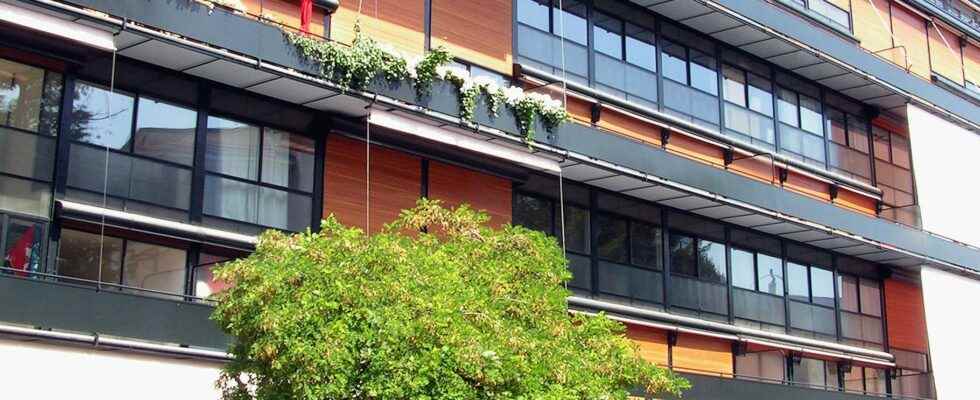Better known as Le Corbusier, Charles-Édouard Jeanneret-Gris (1887-1965) was a Swiss theoretician, painter, designer, sculptor and man of letters, naturalized French.
Multidisciplinary artist, avant-garde, visionary urban planner, Le Corbusier erected architecturethe first of the major arts, to the rank of philosophy of life or, at the very least, it accompanied societal changes and changed our lifestyles, prefiguring our future collective habitats “ in the robustness of modern techniques and manifesting the new splendor of concrete raw “. He is the inventor of the “housing unit”, a theory dealing with collective housing and based on the “Modulor”, portmanteau word and contraction of module and gold number. A theory he has been working on since the 1920s which is a continuation of the 19th century industrial revolutione century and the first town planning laws. Its principles, presented during the IVe International Congress of Modern Architecture (1933), were the subject of a manifesto: the Charter of Athens (1943), whose theme was “The functional city”, widely followed by urban planners during the reconstruction of European cities After the Second World War.
Futura invites you to discover this architect who was one of the initiators of purism, brutalism and architecture-sculpture, both witness and actor of his time. ” One does not revolutionize by revolutionizing. We revolutionize by solving “, he wrote in Urbanism, in 1925, one of his many works.
His style and its aesthetics have been able to take advantage of the technological innovations of the XXe century: the use of reinforced concretethem stilts going hand in hand with its “free plan”, conjugations which make it possible to free oneself from the bearing walls and classic rows of rooms, the roof-garden or roof-terrace, the Windows in bands, and the free facades are so many objective and decisive contributions to the history of architecture.
Le Corbusier leaves no one indifferent, this genius of forms marked his time, obsessed with sobriety and the dialogue of lines, and with the minerality of concrete.
On July 17, 2016, the architectural work of Le Corbusier was classified in the Unesco World Heritage, it has 17 sites, including 10 in France and the rest on three other continents, including South America and India. A European cultural route, Destination Le Corbusier: architectural walks », is devoted to him: Germany, Belgium, France and Switzerland are the countries crossed by the route.
The Clarté building, in Geneva, Switzerland. © Romano1246, Wikimedia CommonsCC by-sa 3.0
